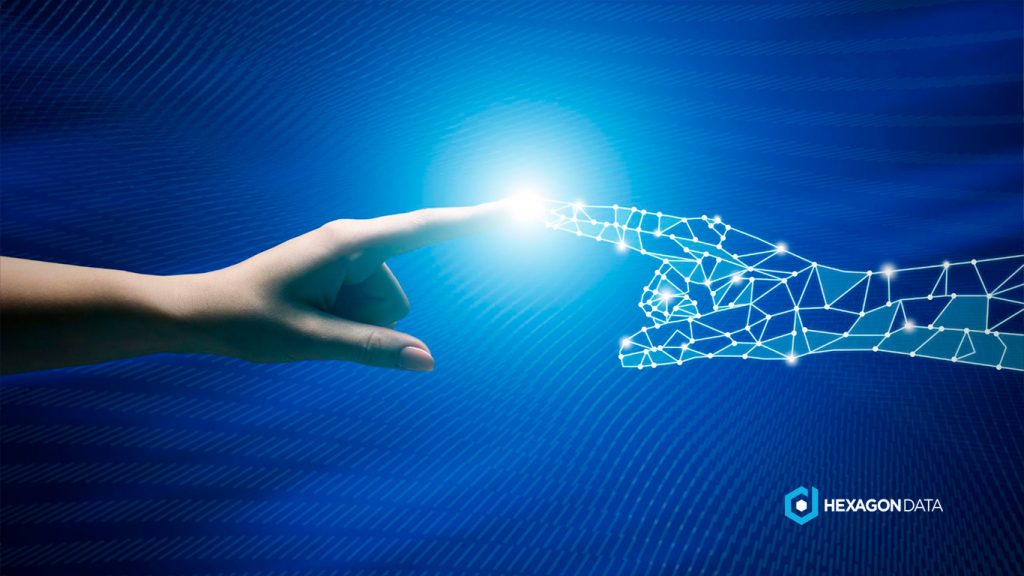|
Listen to the Article
|
In recent years, artificial intelligence (AI) has become increasingly popular as a tool for content generation. With AI, businesses can automatically generate large amounts of content, including blog posts, articles, and even videos.
There are two main ways that businesses use AI for content generation: through automatic generation and through assisted generation. Automatic generation is where AI creates content completely on its own, without any human intervention. Assisted generation is where AI provides help or suggestions to humans who are creating content.
There are benefits and drawbacks to both approaches. Automatic generation can create a lot of content very quickly and cheaply. However, the quality of the content may not be very good, as AI is not yet able to fully replicate human creativity. Assisted generation can produce higher-quality content, as humans can edit and improve upon AI-generated suggestions. However, this approach is slower and more expensive.
So, which is the better approach? There is no easy answer, as it depends on the specific business and its goals. In the end, it’s up to each business to decide which approach is best for them. But one thing is certain: AI is changing the landscape of content generation, and businesses must adapt if they want to stay ahead of the curve.
If you are more interested in AI read this: Investing in artificial intelligence is no longer enough: It’s time for AI to focus on people
How to create it?
To understand how AI creates content, it’s helpful to first understand how AI works in general. Essentially, AI is based on a set of algorithms, or rules, that enable a computer to simulate human intelligence. When it comes to creating content, these algorithms are used to analyze data and identify patterns that can be used to generate new content.
For example, let’s say you have a dataset of blog posts about marketing. The AI system would analyze this data and identify patterns in the way the posts are written. It might identify that most posts include a certain number of sentences, use certain words or phrases, and so on. With this information, the AI system can then generate new content that is similar to the existing data but still unique.
There are a number of benefits to using AI for content creation. First, it can help you scale your content production. If you have a large volume of content that needs to be created, AI can help you do it quickly and efficiently. Second, AI can help you create better quality content. By analyzing existing data, AI can help you identify what makes good content and then generate new content that meets those standards. Finally, AI can help you save money on content creation. If you outsource your content creation to an AI system, you won’t have to pay for human labor.
Of course, there are also some challenges to using AI for content creation. First, it can be difficult to find good datasets for training the AI system. If the data set is too small or too limited in scope, the AI system might not be able to learn enough about patterns to generate high-quality content. Second, even with good data sets, it can take a lot of time and effort to train the AI system. This is especially true if you’re working with a complex data set or if you’re trying to create highly realistic content. Finally, there is always the risk that the AI system will generate subpar or even nonsensical content. While this is unlikely with today’s technology, it’s still something to keep in mind if you’re considering using AI for your content needs.
Overall, AI can be a great tool for content creation. It can help you quickly generate large volumes of high-quality content. However, you need to be aware of the challenges associated with using AI and make sure you have the right datasets for training the system.

Market Value
Content marketing has always been about creating valuable, relevant, and engaging content that attracts and retains customers. However, the process of creating this content can be very time-consuming and expensive. This is where AI comes in.
AI can help content marketers in a number of ways. For example, it can help with ideation by generating ideas for new content based on customer behavior and trends. It can also help with research by quickly gathering data and insights from a variety of sources. Additionally, AI can be used to create and optimize content, as well as personalize content for each individual reader.
There are a number of AI-powered content marketing tools already on the market, and this number is only going to grow in the coming years. Some of the most popular AI-powered content marketing tools include WordLift, Quill, Articoolo, and Infwriter.
While there are many benefits to using AI-created content, it’s important to note that this content should not be used exclusively. In order to create truly valuable and engaging content, marketers need to focus on quality over quantity. AI-created content can be a great complement to traditional human-created content, but it should not be thought of as a replacement.





